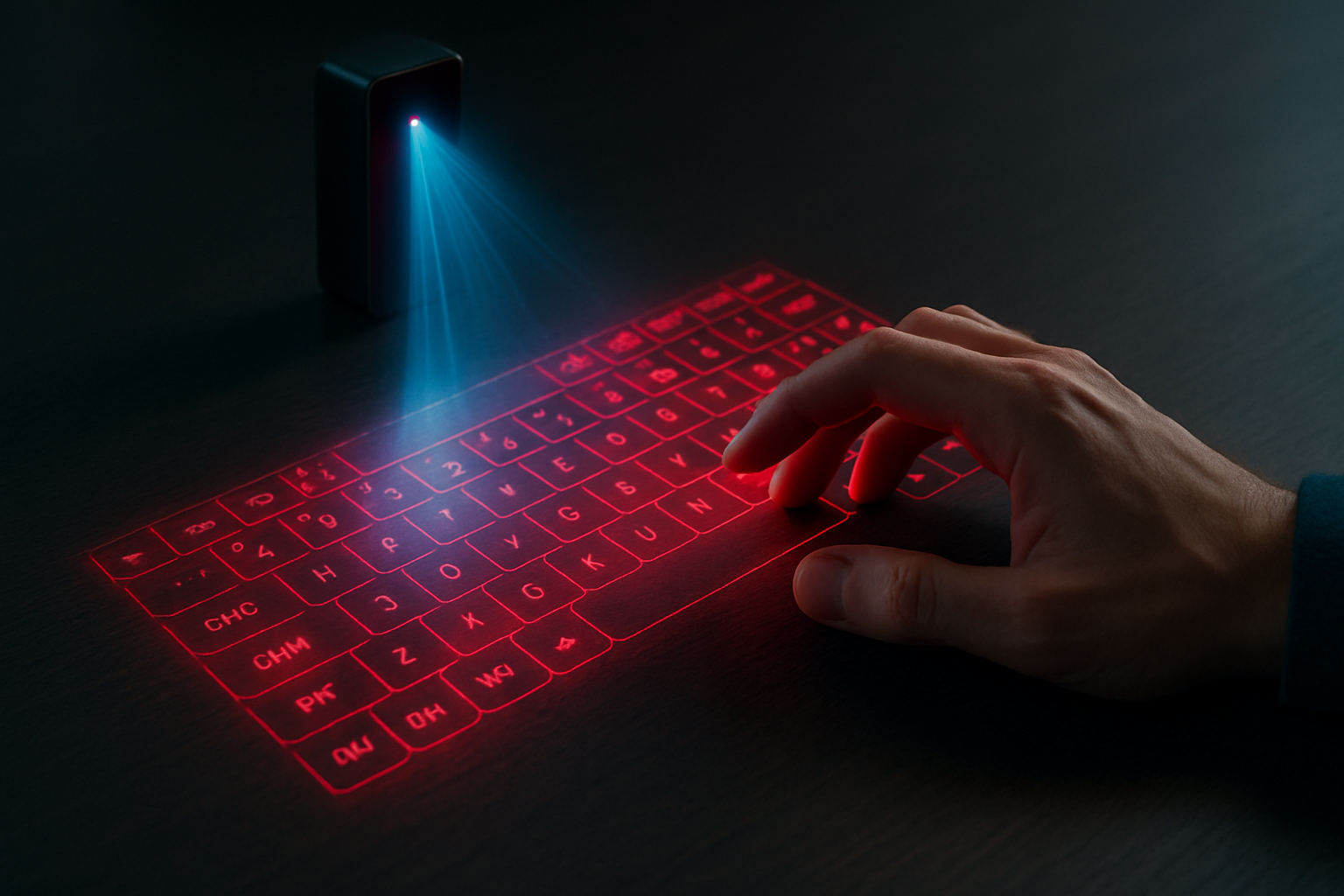Holographic Input Devices: The Next Frontier in Human-Computer Interaction
In a world where touchscreens and voice commands have become commonplace, the tech industry is already looking ahead to the next revolution in user interfaces. Enter holographic input devices, a cutting-edge technology that promises to transform how we interact with our digital devices. This futuristic concept, once confined to science fiction, is now on the brink of becoming a reality, offering users a truly immersive and intuitive way to control their gadgets.

The concept of holographic input gained significant traction in the early 2010s, with companies like Microsoft and Magic Leap investing heavily in mixed reality technologies. These efforts, while primarily focused on holographic displays, laid the groundwork for the development of holographic input systems.
How Holographic Input Works
At its core, holographic input technology combines advanced optics, sensors, and computer vision algorithms to create a three-dimensional interface that users can manipulate with their hands. Unlike traditional touchscreens or motion sensors, holographic input devices project a visible, interactive hologram into the air.
The system typically consists of three main components: a holographic projector, a depth-sensing camera, and a powerful processor. The projector creates a 3D image in mid-air using laser light or advanced LED technology. The depth-sensing camera tracks the user’s hand movements in real-time, while the processor interprets these movements and translates them into commands.
Applications and Potential Impact
The potential applications for holographic input devices are vast and varied. In the realm of personal computing, imagine manipulating 3D models with your bare hands or typing on a virtual keyboard that appears and disappears at will. For professionals in fields like medicine, architecture, and engineering, holographic input could revolutionize how they interact with complex data and designs.
In the entertainment industry, holographic input could take gaming to new heights, allowing players to physically interact with virtual objects and environments. The technology also holds promise for accessibility, potentially offering new ways for people with disabilities to interact with digital devices.
Current Developments and Challenges
Several tech giants and startups are currently working on bringing holographic input devices to market. One notable player is Holo Industries, which has developed a “Holographic Touch” technology that allows users to interact with floating images in mid-air. Their system uses invisible laser light sheets to detect touch, providing haptic feedback without physical contact.
Another company, Ultraleap, is combining ultrasound technology with hand tracking to create tactile sensations in mid-air, enhancing the holographic input experience. Their technology has already been integrated into digital signage and automotive infotainment systems.
Despite these advancements, holographic input devices still face significant challenges. One major hurdle is achieving high-resolution, bright holograms that are visible in various lighting conditions. Another challenge is perfecting the haptic feedback system to provide a truly convincing tactile experience.
The Future of Holographic Input
As the technology continues to evolve, we can expect to see holographic input devices become more compact, efficient, and affordable. Industry analysts predict that the first consumer-grade holographic input devices could hit the market within the next 3-5 years, with prices initially ranging from $1,000 to $5,000 for high-end models.
The impact on the tech market could be substantial. According to a report by MarketsandMarkets, the global holography market, which includes holographic input devices, is expected to reach $5.4 billion by 2024, growing at a CAGR of 27.8% from 2019 to 2024.
A New Era of Digital Interaction
Holographic input devices represent a paradigm shift in how we interact with technology. By bridging the gap between the physical and digital worlds, they offer a more natural and intuitive user experience that could redefine our relationship with computers and electronic devices.
As research continues and the technology matures, we stand on the cusp of a new era in human-computer interaction. While challenges remain, the potential of holographic input is undeniable. It’s not just about making our devices more futuristic; it’s about making them more human.





